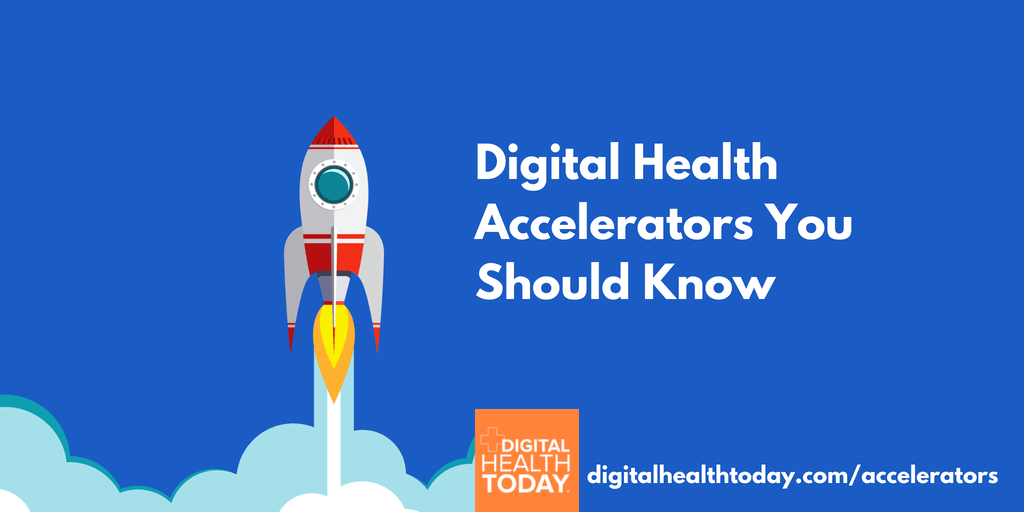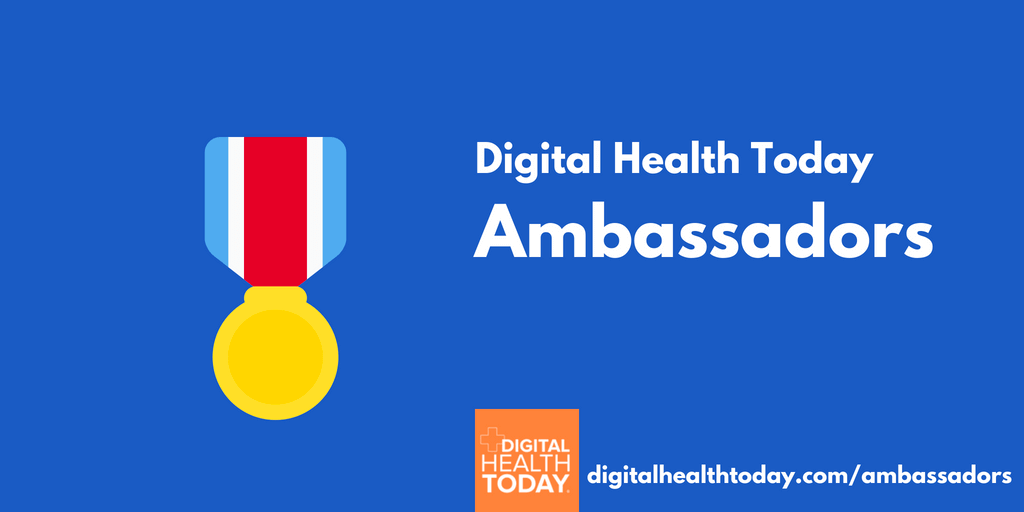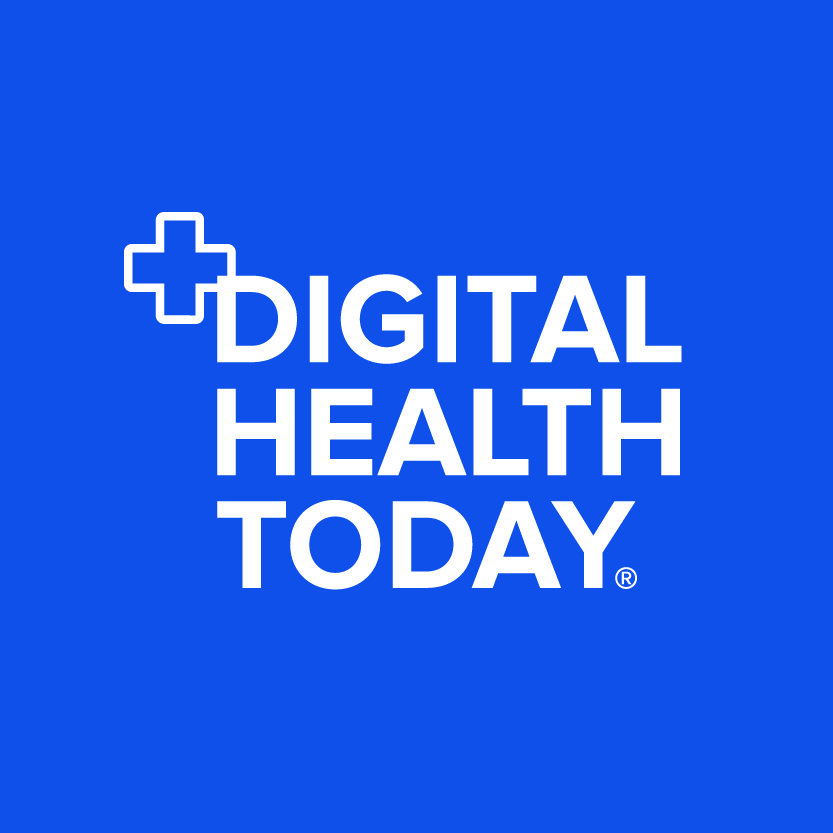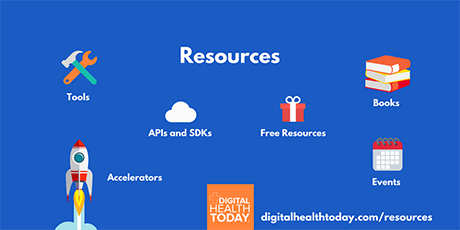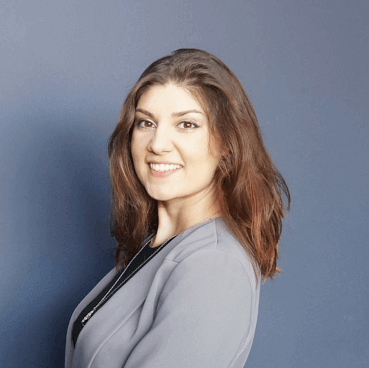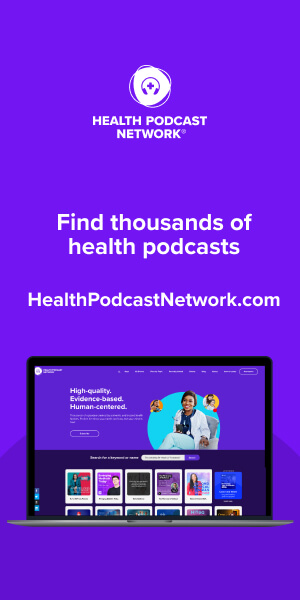An intimate conversation about Medical Alley, convergence and non-traditional entrants in healthcare.
Q1: How is the digital health landscape different in Minnesota vs. nationally vs. globally?
Brian: Minnesota, overall in the Midwest, has a history of innovation in health and healthcare. Starting with the Mayo Clinic, United Health Group, Medtronic and other companies based here… you have the culture and history of creating new and different solutions to help people with different needs related to healthcare. If you go to the present day, a number of different innovations within healthcare come directly out of Minnesota. If you go back to the late 90s, early 2000s, the Consumer Directed Health Movement came to market. Now, you have innovations from that same team coming with on-demand health insurance. I think what you see is, a lot of healthcare experts, who know where to target specific problems and try to solve them in meaningful ways. You don’t have that as equally distributed across other areas of the country. Today, more investors, more companies are participating in those ecosystems and the activity is increasing. The next wave of innovation is happening and starting based out of Minnesota and Midwest.
Demi: How does this fit with other ecosystems?
Brian: What we are seeing happening globally – all hubs collaborating and sharing with other hubs, including Silicon Valley, New York, Nashville, Boston… All come together and ideas are shared – cross-pollinating. All those areas collaborating together really is what is needed to drive the evolution.
Demi: Is this something that happens naturally, or is it something that’s being facilitated by organizations like Accenture?
Brian: Every person in business is highly connected. As a result, those connections are increasing both virtually and physically. One of the things we have built out is a full health open innovation ecosystem – a set of relationships with healthcare organizations, venture capital, accelerators, incubators, academia as well as startups themselves. The aim of this innovation ecosystem is really to create those connections across ecosystems. This allows us to work with one of our collaborators in New York and bring an idea into Minneapolis. We can then take an idea from Minneapolis and bring that to California and other areas.
Q2: Mobile health adoption and wearable usage has triple and quadrupled in the past few years. Can you talk a little bit about the role of Accenture in that space?
Brian: We’ve conducted at survey of consumers in their use of technology for their health and health care for the past few years – 2014, 2016 and 2018. What’s unique about our recent findings is that we’re seeing digital health reaching a tipping point in terms of consumer adoption. The use of mobile apps and wearables for people to manage their health and healthcare has gone now to nearly a majority of users from when we looked at that back in 2014. The role we [Accenture] play is in creating the connections and working with our clients. We help health systems and health plans to figure out how to incorporate new emerging technologies and business models to improve the experience for both patients and clinicians. We work with our clients to understand what those industry challenges are, and find new and unique ways to bring the combination of technology and healthcare together to solve those problems. That can be from a design perspective or it can be from a technology perspective.
Q3: What you mean when you say non-traditional entrants are coming in the healthcare space? What are some examples and why are they important? How are they changing the future of the healthcare system?
Brian: A traditional healthcare player is ultimately a company or an organization that works in the healthcare value chain – a health care system, those that are providing care or delivering care. Fiscal intermediaries are those that are financing the risk associated with care, producers or pharmacy and med-device that provide therapies and treatments as well as suppliers of different solutions. When we refer to non-traditional entrants – it’s companies that traditionally didn’t work within the healthcare industry. That would be retailers, telecommunications companies, social media organizations that traditionally have worked in different sectors outside of healthcare.
MANOVA is providing sort of the stage for these connections to happen and for people to think outside of their own healthcare, retail, social media bubbles. That’s why here at MANOVA one of the topics is discussing – CONVERGENCE. The convergence you’re seeing is between non-traditional players and traditional players coming together to provide new services to solve problems. Whether that’s a retailer coming together with a health plan to also provide some forms of primary care in the community or something else. We are seeing more examples of that happening across the country and in particular, we are seeing some of those here today.
Q4: In one of your reports, you mentioned that the digital health space is maturing, and we’re moving towards more advanced clinical solutions. What are some exciting clinical solutions you are keeping an eye on?
Brian: We are seeing a number of solutions that have existed for a while as standalone but are starting to be tied into the core healthcare system and introduced into people’s care experiences. Whereas it may have been just a concept a few years ago, now, it’s actually being integrated into practice. One new trend we are looking at in that space is the connection of both digital enabling physical space and digital spaces coming together. For example, the concept of a hospital without walls. We are seeing how digital tech can:
- Simplify and remove friction before care (in terms of planning in a particular visit)
- Remove a lot of paper and other administrative stuff (prior, during and after a visit)
- Simplify access into a particular facility
- Simplify knowing where to go where you should be at a given time of the care cycle
- Helping you manage your care when you get home
The key is having the technology. Convergence of different technologies is about coming together. It creates new types of services and experiences. Being able to take the concept of using humans that are designed to perform a service, but that can now be powered by mobility, artificial intelligence and things like extended reality, to make it not about the technology rather, to kind of sit behind the scenes and solve those problems.
Lightning Round
1. What book do you recommend to our listeners?
I recommend the book Reverse Innovation. It is focused on solutions to healthcare and healthcare delivery that are not originating in the United States or North America. The concept is basically bringing in ideas from outside the United States. Many of those models address issues that we face here related to labor productivity can be solved by shifting to different forms of labor. Physicians can leverage technology in ways to both improve efficiency and make it easier for themselves, caregivers, as well as the patients.
2. What’s the best tech that makes your life better and easier?
Apple Watch! I use it for running and tracking walking activity. I combine it with My Fitness Pal for food tracking. It helps me quantify myself on both those points and helps me stay on track.
3. What advice do you have for others working to innovate in healthcare?
Look at what you are trying to solve for – where do you see some of the key problems and challenges? Focus on the actual problem you are trying to solve. Then, think of two different unique ways to do so. ‘Doing so’ means – how do you actually operate within the realities and constraints of the current system? Whether that’s regulatory… technical or cultural… a lot of the creativity is thinking through New Business Models within the construct.
4. If I gave you a check for $5 million for you to invest in health technology today, what would you invest in?
I’ll go broad in terms of just the general category. I would look at solutions that are applying AR for back office work. That is where operational processes drive both labor, productive efficiency… There is a lot of waste and work that could be simplified and eliminated from the back office processes.
